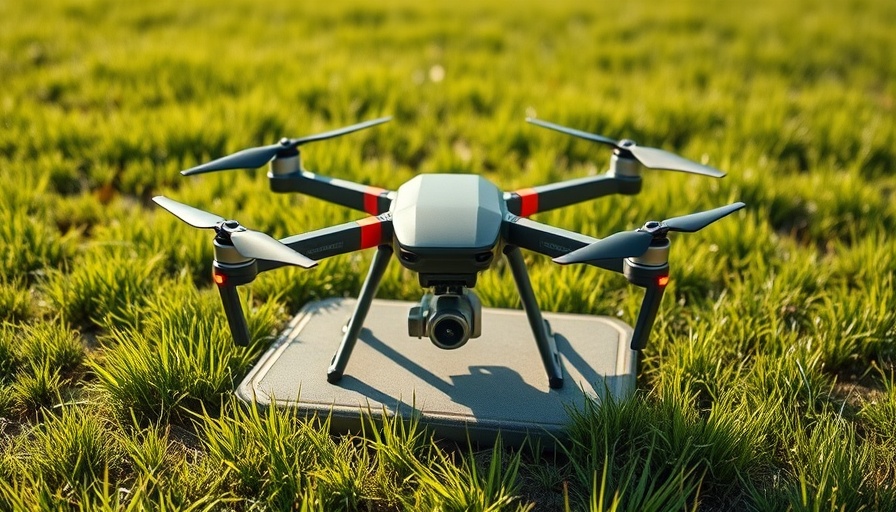
Revolutionizing Mining Surveying with Advanced Drone Technology
In an era where efficiency and accuracy are paramount, Klau Geomatics has once again raised the bar by integrating its Brumby LiDAR system with the robust M400 drone platform. This strategic pairing promises to motivate a significant shift in mining operations, enhancing site mapping productivity like never before. With mining relying heavily on accurate data and rapid relays of information, this development is set to provide unprecedented benefits for operators at every level.
A Seamless Fit for Challenging Environments
The mining industry operates in some of the most challenging conditions—think rugged terrains and grueling weather patterns. Herein lies a pivotal advantage of the M400 drone, providing a stable, heavy-lift platform that can effectively utilize the unique capabilities of the Brumby LiDAR system. Designed to thrive in tough conditions, both the drone and the LiDAR system are tailored to meet the specific needs of open-pit mines, stockpile evaluations, and operational safety assessments.
Immediate Insights: A Game Changer for Mine Operators
The Brumby LiDAR’s edge computing capabilities are redefining traditional measurement workflows. Unlike conventional methods that often involve days or weeks of post-processing, the M400 drone with Brumby technology delivers accurate and detailed LiDAR point clouds in real-time. This functionality allows survey teams to make immediate assessments, dramatically reducing downtime and elevating decision-making effectiveness on-site.
The Efficiency Benefits Are Unparalleled
By leveraging combined drone mobility and LiDAR’s integral intelligence, Klau Geomatics introduces a new level of operational efficiency:
- One-pass scanning: The M400 can cover extensive areas in a single flight, creating dense LiDAR datasets that would usually require multiple smaller surveys.
- Contiguous data capture: This advanced setup allows seamless integration of data, streamlining volumetric calculations and terrain modeling.
- Enhanced productivity: Reducing the need for manpower while increasing data processing speed leads to significant productivity gains for mining operations.
Future-Proofing Mining Operations Through Innovation
As the mining landscape continues to evolve, integrating technologies such as the M400 drone with the Brumby LiDAR system will become crucial for survival and growth. Other industries beyond mining can learn from this innovation, as the trends towards real-time data availability and improved accuracy are relevant in areas such as agriculture and environmental monitoring.
A Call to Action for Industry Professionals
For mining professionals seeking to leverage cutting-edge technology that boosts both productivity and safety, embracing innovations like the M400 plus Brumby LiDAR integration is essential. Exploring these advanced solutions can help ensure sustainable operations that meet current and future requirements of the industry.
 Add Row
Add Row  Add
Add 




Write A Comment